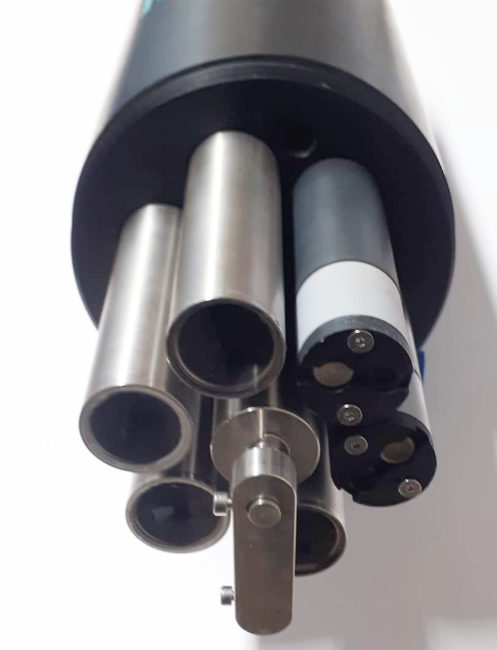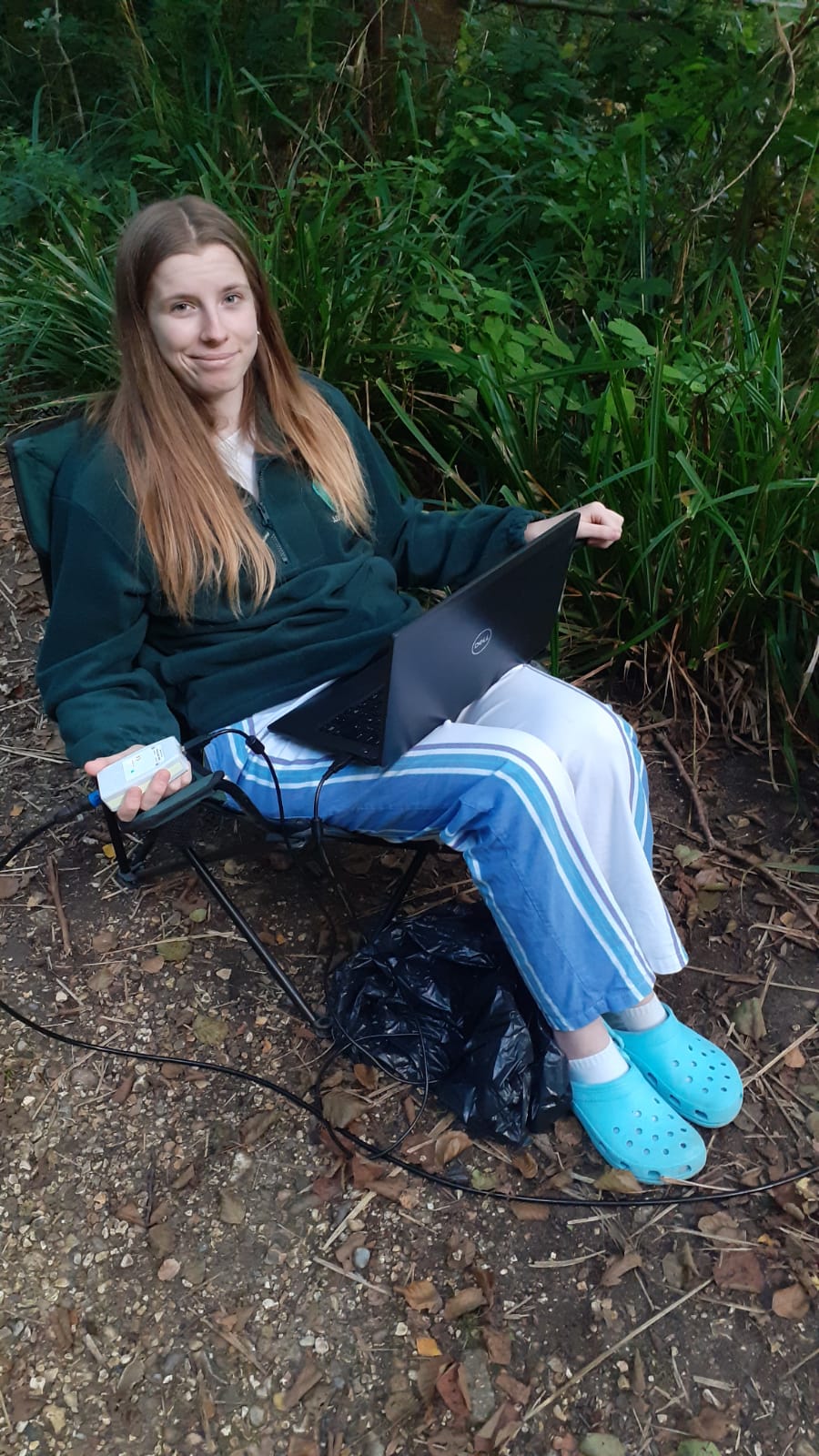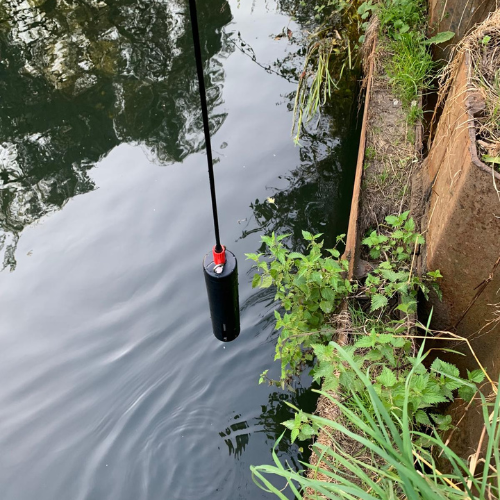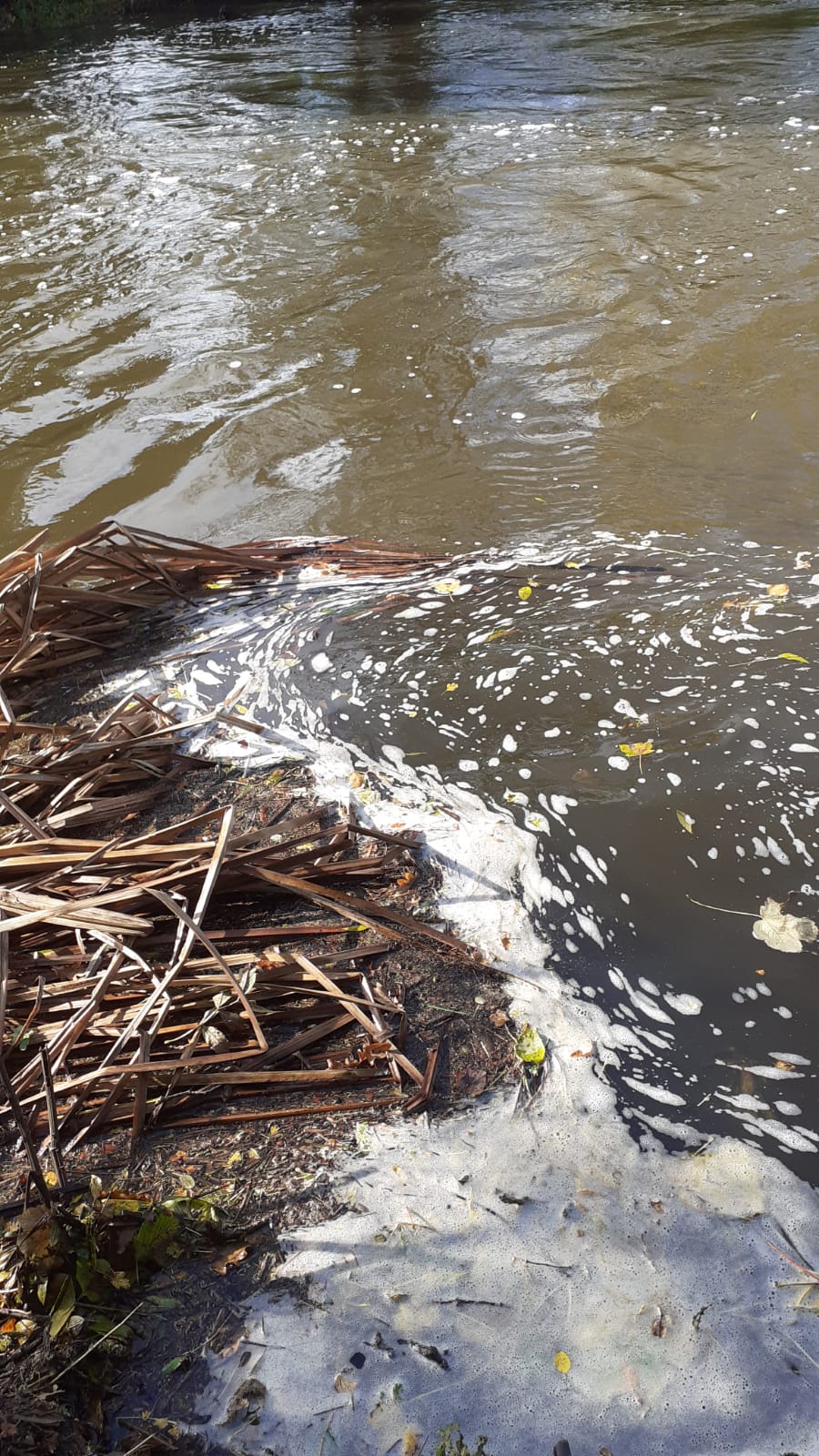The ARGES Turbidity Sensor by Keynes Controls is a single-channel instrument that can detect and report turbidity levels in the range of 0.5 - 2000 NTU. The ARGES Turbidity Sensor has been designed to be used as a stand-alone laboratory instrument, as part of a multi-parameter device inside a Keynes Controls SONDE, and can be connected directly into a plant-wide SCADA system using the MODBUS protocol.
All of the Keynes Controls manufactured fluorometers supply measurements directly in engineering units. The stainless steel construction enables the sensors to be long-term deployed for remote applications.
The turbidity sensor optics should be cleaned before a new measurement using the ARGES Brush interface. The ARGES Brush unit can be fitted into any of the multi-parameter housings. The Turbidity Sensor if often deployed with the Submersible pH sensor, Typrophan sensor, when used to for Effluent Detection.

Measurement Integrity
All of the ARGEs sensor range have the serial numbers and the last calibration date stored internally. The user can access this information for reporting purposes. The sensors can be redeployed at any time with the calibration and serial number records are retained in the sensor.
The Turbidity Sensor is used in collaboration with the other water quality sensors for pollution monitoring. The turbidity sensor is often deployed with the Submersible pH Sensors, Submersible Fluorometers and the sewage sensor for Effluent Detection, water clarity measurements as part of the water quality sensor system.
Further Information
| Turbidity 4 | NTU Water at the Consumers’ taps | --- | UK DWI Drinking Water Standard |
| 0 - 0.318 | NTU | --- | Distilled Water |
| <10 | NTU | --- | Fresh Water |
| >100 | NTU | --- | Unsafe for most aquatic life |
To provide a sense of scale, water with a turbidity of 1 NTU is crystal clear, water at 5 NTU has a tiny trace of discolouration, and water at 100 NTU is brown and opaque. The standard is less than 10 NTU for rural streams and rivers and less than 30 NTU for urban lakes and ponds.
Q-LOG Applications Software
Here you can see a video that shows the ARGES Water Quality - Real-time turbidity measurements.
The ARGES Turbidity Sensor by Keynes Controls is supplied with a copy of the Keynes Controls Q-LOG application software.
Our Q-LOG software runs on the widely recognised Windows Operating system. You have the ability to calibrate, adjust instrument network address, and effortlessly display measurements on a series of panel meters and charts. Conveniently store results in text based files for quick analysis in spreadsheets.
The Q-LOG software can be used to test a single, or multiparameter system prior to its deployment, be that as a stand-alone solution.
You can download the Q-Log Software by clicking the download button below:
In-situ measurement, no sampling, no reagents
• Direct SI Unit output of parameters
• Optical window with coating to minimise clogging
• Real time measurement
• Automatic compensation for temperature effects
Measurements
The ARGES Turbidity sensor can be used as a stand-alone device or as a part of a multiparameter solution. For stand-alone operations simply connect the sensor to a media converter and make measurements. The industry standard SDI12 commands are used to configure, calibrate and make measurements.
The instrument connects directly to SDI12 , RS485 and MODBUS networks.
The ARGES Turbidity Sensor by Keynes Controls can be used as a stand-alone device or as a part of a multiparameter solution. Keynes Controls currently manufacture 7 port and 3 port sensor housings. An optional submersible brush unit is available for cleaning the instrument optics for use in long term deployments.

Calibration Period
All of the sensors are factory-calibrated before shipment. The advanced design of the sensors means that the time between re-calibration of an instrument is minimised. Keynes Controls recommends a check calibration every 2 years. The user can adjust the calibration for a specified range to improve accuracy for dedicated tasks. A range of calibration solutions manufactured by Keynes Controls are available from the online shop.
There are two standard units for reporting turbidity - Formazin Nephelometric Units (FNU) and Nephelometric Turbidity Units (NTU). The ARGES Turbidity Sensor by Keynes Controls is set to use NTU by default.
Improved Results
The ARGES Turbidity Sensor by Keynes Controls is an intelligent sensor and stores calibration factors internally. The sensor can be re-calibrated over a smaller restricted range if the samples are under investigation are know to be of a limited range.
Optional Accessories
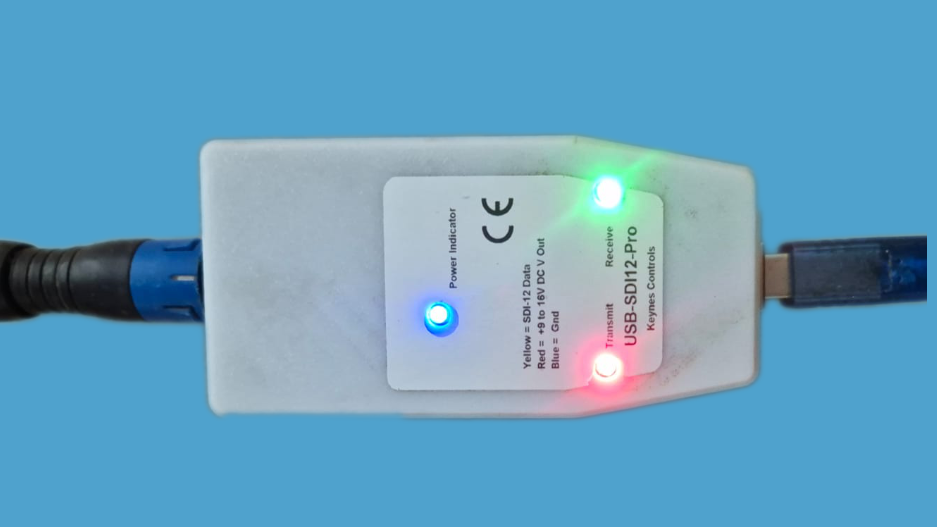
Keynes Controls manufactures a range of accessories that can be used with the ARGES range of chemical sensors.
A range of USB-media converters can be used to connect individual as well as multi-parameter housings to a Windows operating system computer. Free Applications Software is available for sensor configuration and making measurements.
The ARGES Brush mechanism can be individually controlled to make multiple cleaning operations for the fluorometer optics.
Product Features
| TYPE | RANGE (Typical levels) |
| Solid state ISE sensor | |
| Concentration range: | 0 to 2000 NTU - Other ranges on request. |
| Resolution: | 0.01 NTU |
| Accuracy: | +/- 2 % of reading. +/- 0.5 NTU which ever is greater |
| Stand-alone and SONDE Multi-parameter operations |
|
| Calibration Period | Approximately 2 years, depending on usage. |
| SDI12 V1.4 | Automatic SI Units assignment. |
| pH Range | 0 - 14 |
| Operation | Photometric |
| Digital Communications | SDI12 / RS485 / MODBUS Digital Communications |
| Depth | 50 m Standard - other ranges on request. |
| Simple Calibration | Multi-point Calibration Point Optional |
| SI Units |
NTU / Degree C - other turbidity units on request |
| Analogue Output |
0-2 V DC - proportional to concentration and temperature. |
Sensor Deployment
The ARGES Turbidity Sensor by Keynes Controls can be installed into any of the SONDE ports and used in collaboration with any of the other supported sensors. A network connection is made using the waterproof connector. This is the same connector that is used in the SONDE as is used on the individual sensors themselves.
Once the sensor is enclosed in the SONDE housing unit, the sensor is ready for effortless deployment into the water, providing precise measurements to the connected devices.
For long term applications where any of the ARGES fluorometer sensors are being used within water then a submersible brush unit should be used to clean the sensor optics before a measurement is taken. Any contamination of the optics due to debris in the water source can affect the results.
Specifications
| ENVIRONMENTAL CHARACTERISTICS | ||||
| Turbidity | MDL 0.5 NTU | Range 0 - 2000 NTU | ||
| Other ranges by request. | Ambient Range: 0 - 50 Degree Celsius | |||
| Water Temperature: 2 to 60 Degree Celsius | ||||
| Precision | 0.01 NTU | |||
| PHYSICAL DIMENSIONS | ||||
| Length x Diameter: 22 x 205 mm | ||||
| Response |
|
Weight: 180 g | ||
| Wiper Trigger | SDI12 Command | aM! - measurement starts scan | Maximum Depth : 50 m | |
| Excitation | UV | Built-in Network Types: | ||
| Housing | 316 Stainless Steel | MODBUS / SDI12 / RS485 | ||
| Focal Point | 1 cm In-front of sensor faceplate | |||
| Data Output | NTU Units, Degree Celsius | Supply Voltage: 10 - 18 V DC Standby Current 2 mA |
Supported Commands
| Most commonly used commands | ||
| Start measurement | aM! | a05\r\n where 05 = time delay before measurement sent |
| Send ID | aI! | a14KEYNESCOFLOURS018Turb000n\r\n Part description assigned by Keynes |
| Address Query | ?! | Where a = ID number - 0 - 9 (standard) / (a..z) Enhanced SDI-12 |
| 0 - 9 / a - z for RS485 | ||
| Change Address | aAb! | where a = Initial address and b = Final address |
| Start Measurement | aM! | Make a measurement - a = address of sensor |
| Example 1M! starts a measurement for sensor with ID=1 | ||
| Set Output Variables | XCSTR0! | Sets the parameter order for measurements sent from the sensor - factory set BCKL |
| Read Serial Number | aXSN! | Instrument Response a+Serial-number |
| Calibration Date | aXCD! | Instrument Response a+date |
| | | ||
| Calibration Commands | ||
| First Calibration point (NTU) | XCA0 | Typical value = 1000 (NTU) - High value |
| First Calibration - uncompensated (NTU) | XCA1 | Typical Value = 1000 as prepared from calibration standard |
| Second Calibration point (NTU) | XCA0 | Typical value = 20 (NTU) |
| Second Calibration - uncompensated (NTU) | XCA1 | Typical Value = 20 as prepared from calibration standard |
Built-in Communication Options
The ARGES Turbidity Sensor by Keynes Controls supports SDI-12, RS485 and MODBUS digital communications as standard, enabling the sensors to be directly connected to data logger for remote web based reporting, onto Wi-Fi and Local Area Networks using the RS485 option, and directly into SCADA applications using the MODBUS.
MODBUS Operations
MODBUS network settings
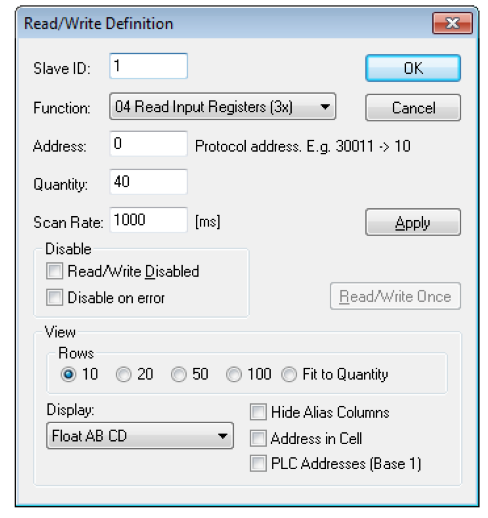
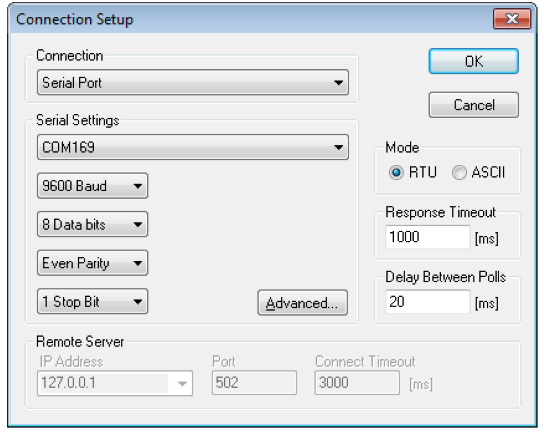
WARNING:
Favourable measurements made by this equipment do not guarantee that a water sample is safe for human or animal consumption. The ARGES Intelligent Submersible Fluorometer sensors can not detect the presence of harmful bacteria or toxins. If in doubt, ALWAYS TREAT SUSPECT WATER PRIOR TO CONSUMPTION.

